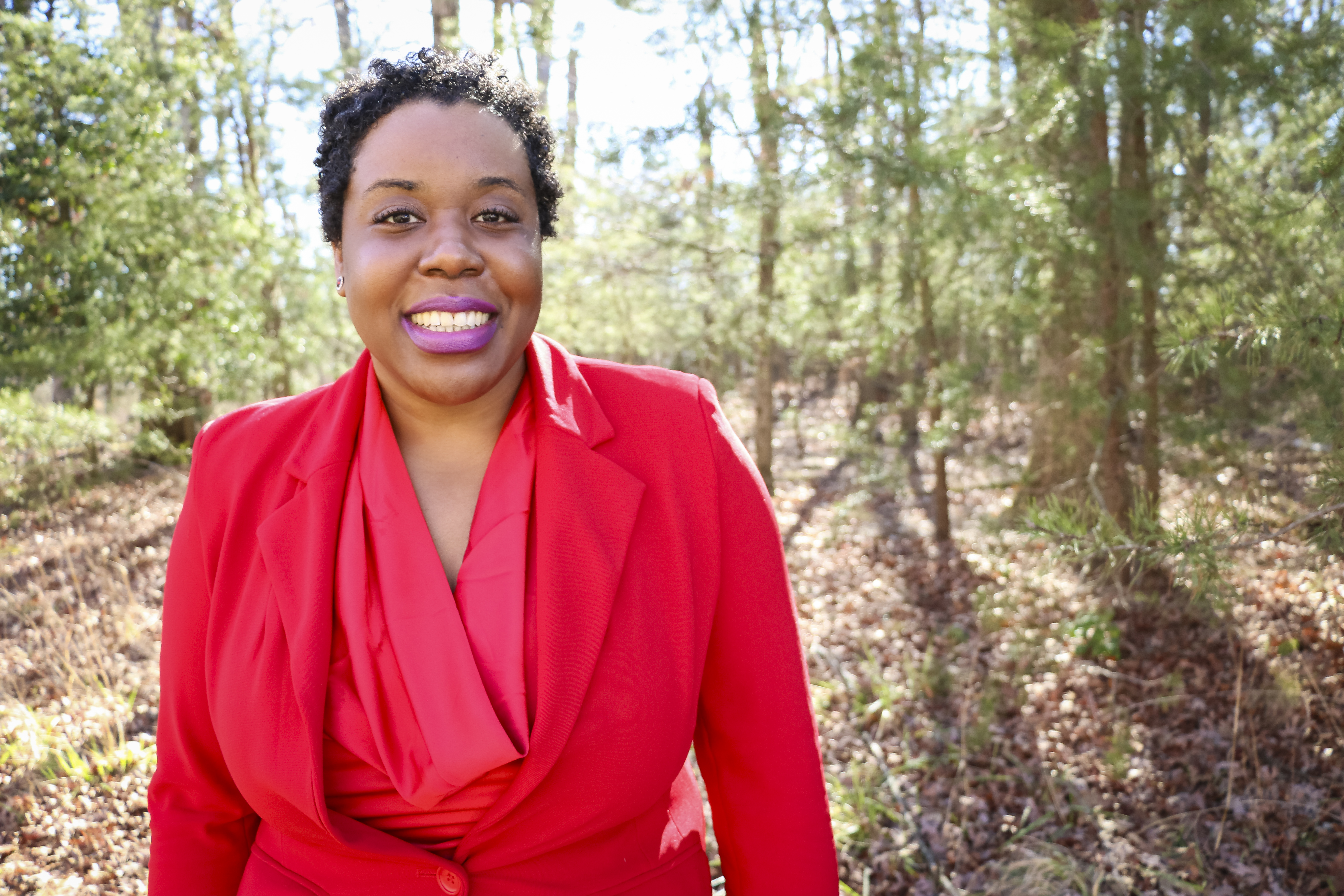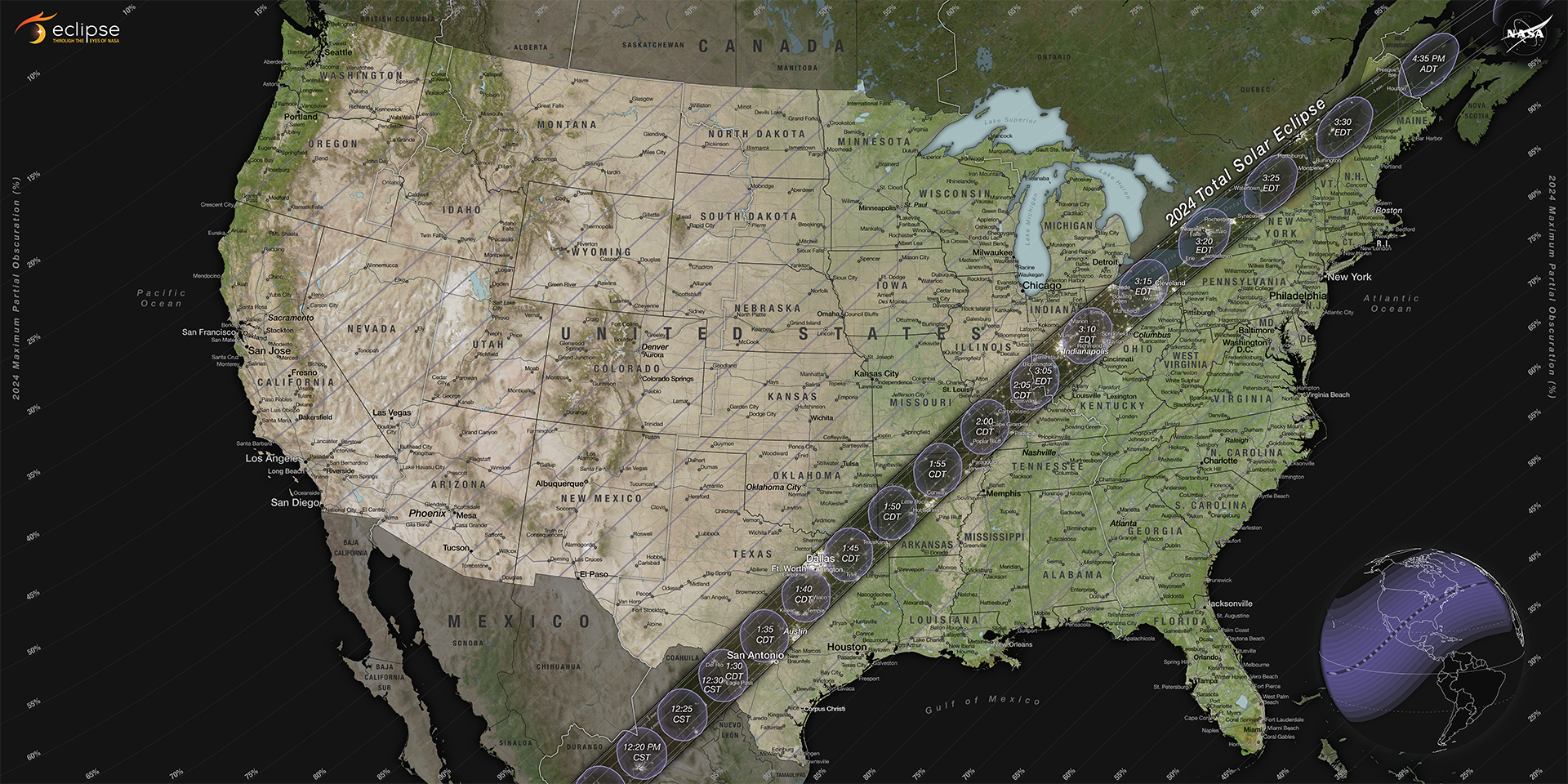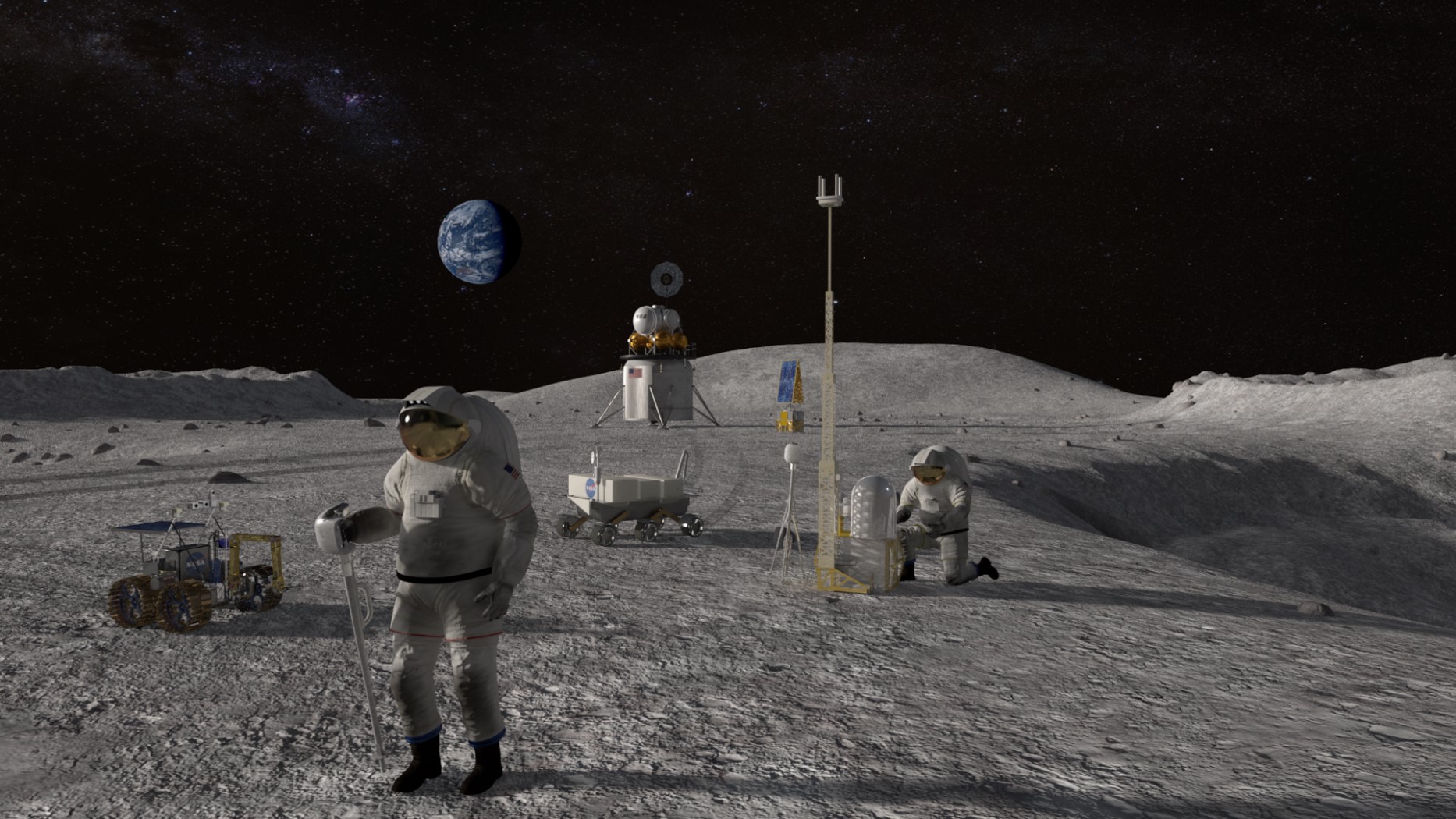Ocean Worlds Planetary Scientist Dr. Lynnae Quick
“I was not interested in science until I got to high school, and I didn’t find what I wanted to focus on as far as what I liked the most about science until I was in grad school. I spent a summer doing an internship at Johns Hopkins Applied Physics Lab focused on Jupiter’s moon […]


“I was not interested in science until I got to high school, and I didn’t find what I wanted to focus on as far as what I liked the most about science until I was in grad school. I spent a summer doing an internship at Johns Hopkins Applied Physics Lab focused on Jupiter’s moon Europa, completely fell in love with Europa, and completely fell in love with planetary science.
“I found it amazing that this world was covered in ice and had an ocean underneath. I was mapping this area on Europa called Conamara Chaos, where we believe that the surface is locally heated. Because of this, there are ginormous icebergs that broke off and floated around in this slushy ice, so I learned to map [that part of the surface]. Having my physics and math background and thinking about a world with a subsurface ocean, I was like, ‘OK, this is a good marriage of fluid mechanics and heat transfer. Europa is a nice world to study that will combine my background with this new planetary science thing that I love.’
“What happened with Europa Clipper was I decided to do my dissertation topic on [the moon]. We’d seen images of these beautiful south polar plumes on Enceladus, these geyser-like plumes, but Europa is much bigger. It has much more water and receives much more tidal heating. Why didn’t the Galileo spacecraft see plumes on Europa? Why don’t we see geysers?
“My dissertation focused on what it would take to have this geyser activity on Europa and for spacecraft cameras to image it. I remember defending my dissertation well but sitting there thinking, ‘People will think I’m a quack because we’ve never seen geysers on Europa.’ That was in May, and by December, LorenzRoth’s paper came out that Hubble may have detected geysers on Europa. That’s when I was like, ‘Oh yes, I might actually have a career!’
“Shortly after that, the call came out for instrument proposals. Zibi Turtle [Principal Investigator for the Europa Imaging System] met me at a conference and said, ‘We’re writing a proposal for a camera for the Europa mission. Would you want to be on it?’ At that point, I was a year out of my Ph.D. and was like, ‘Are you kidding me?’ Because that usually never happens. Usually, the people on these instrument teams are more senior. They’ve been around longer, so it’s very rare to be just finishing up your Ph.D. and someone asks you. I felt like it was the best thing in the world because Europa was already my favorite place in the solar system. It would be like a dream to be on the team that will send a spacecraft there to study it. That doesn’t happen very often. So, I said, ‘Sure. I would love to.’
“Our camera got selected, and is an instrument on the Europa Clipper mission, and my role on the team is to look for those geysers! I’ve come a long way from thinking, ‘Well, I did this whole dissertation on geysers, what it would take for them to erupt, for a spacecraft to see them, and that people might not take me seriously as a scientist because of it,’ to being on the Europa Clipper camera team involved in investigating these plumes and ensuring we can image them if they’re there. It’s a full-circle moment.”
– Dr. Lynnae Quick, Ocean Worlds Planetary Scientist, NASA’s Goddard Space Flight Center
Image Credit: NASA/Thalia Patrinos
Interviewer: NASA/Tahira Allen
What's Your Reaction?



















.jpg?#)
































